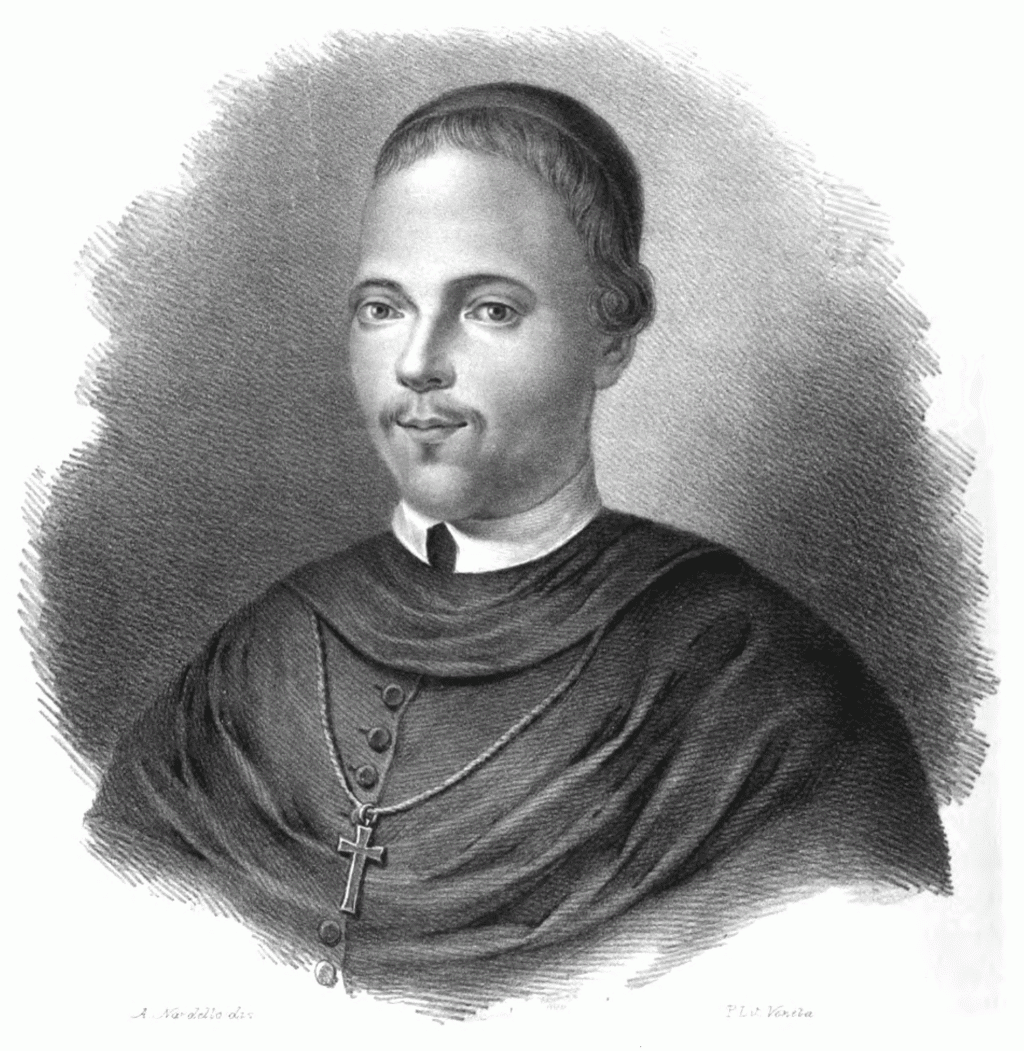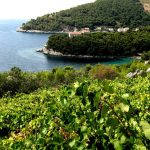Browse through Croatian history for this week, you may be surprised by what you read…
January 15
On 15 January 1992, Croatia was recognised by all 12 members of the European Union as well as Austria, Canada, Bulgaria, Hungary, Poland, Malta, Norway and Switzerland. By the end of January 1992, Croatia was recognized by 44 countries. Therefore, 15 January is celebrated in Croatia as the Day of International Recognition.
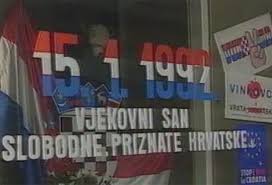
January 16
Ivan Meštrović passed away on this date in 1962. The renowned Croatian sculptor and architect of the 20th century left Yugoslavia and emigrated to the United States after the end of World War II. Meštrović created over fifty monuments during his two years in Paris (1908–1910). Much of his early work commemorated such epic moments from Slavic history, as he attempted to foster the pan-Slavic cause in his native country. At the request of various people from his homeland he sent 59 statues from the United States to Yugoslavia, and in 1952 signed off his Croatian estates to the people of Croatia, including more than 400 sculptures and numerous drawings.
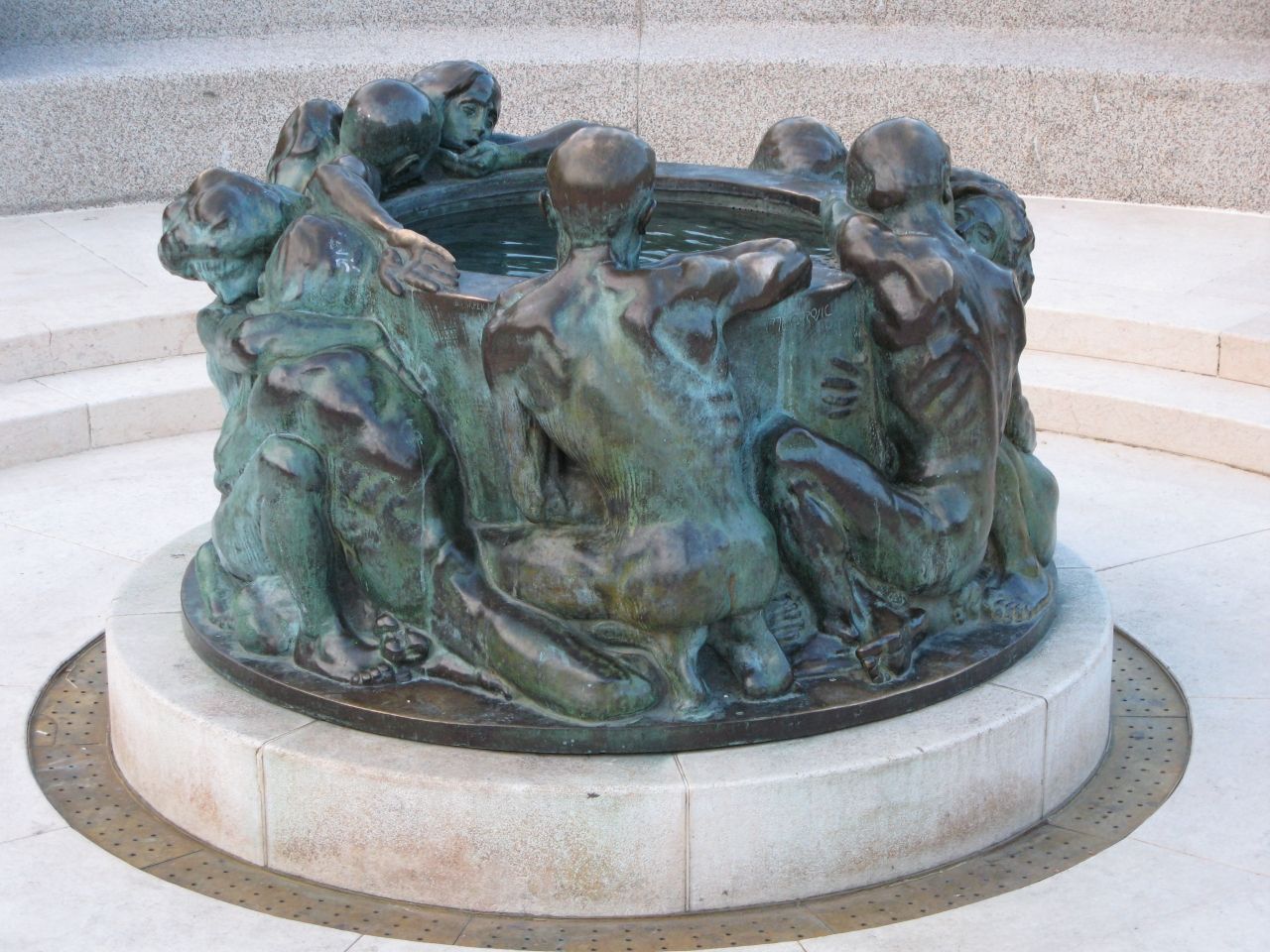
January 17
Faust Vrančić, known as Fausto Veranzio at the time, was a polymath and bishop from Šibenik, who died on January 17, 1617. Vrančić’s masterwork, Machinae Novae (Venice 1615 or 1616), contained 49 large pictures depicting 56 different machines, devices, and technical concepts. He wrote about water and solar energy, the universal clock, several types of mills, agricultural machinery, various types of bridges in various materials, machinery for clearing the sea, a dual sedan traveling on mule, special coaches, and Homo Volans, a forerunner of the parachute.

January 18
Croatian singer Ivana Kindl was born on January 18, 1978. In 2010, she was awarded the Porin award for the best album in the spiritual music category. The same year she won the best female singer award from the editors of Croatian Radio stations. In 2011, she won the Porin for best female vocal performance. She has published 4 albums so far, mostly in R’n’B style.
January 19
Born on this day in 1876 was Milan Begović, a Croatian writer. He was educated in Split, Zagreb and Vienna and spent some time as a high school professor in Split before going to Hamburg and Vienna to pursue a career in the theatre. Begović wrote stories and novels, but is best known for plays he wrote in 1920 and 1930. The best known titles are Pustolov pred vratima (Adventurer at the Door) and comedy Amerikanska jahta u splitskoj luci (American Yacht in Split Harbour). He also wrote the lyrics for the famous Croatian opera Ero s onoga svijeta (Ero the Joker). With the establishment of communist Yugoslavia in 1945, the Writers’ Society of Croatia judged that Begović had collaborated with the war-time Independent State of Croatia. Begović died in 1948 and due to his falling out with the regime, his death was neither announced nor given special honours.
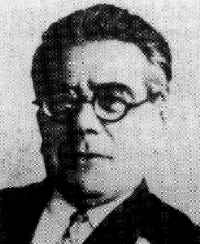
January 20
Born in 1857 on Pelješac, Croatian painter Mato Celestin Medović died on January 20, 1920. Best known for his large paintings depicting historical scenes, and his series of colourful landscapes and seascapes of his native Dalmatia, Medović is one of the earliest modern Croatian painters. In his youth Medović was schooled to become a priest in the Franciscan Seminary in Dubrovnik, and was ordained in 1874, taking the name of Celestin. He received his first art training in Italy, and went on to study at the Academy of Fine Arts in Munich, where he began painting artistic impressions of historical events. Following graduation he decided to leave the church and pursue his painting career. Medović then moved to Zagreb and joined a group of artists led by Vlaho Bukovac, a renowned painter.
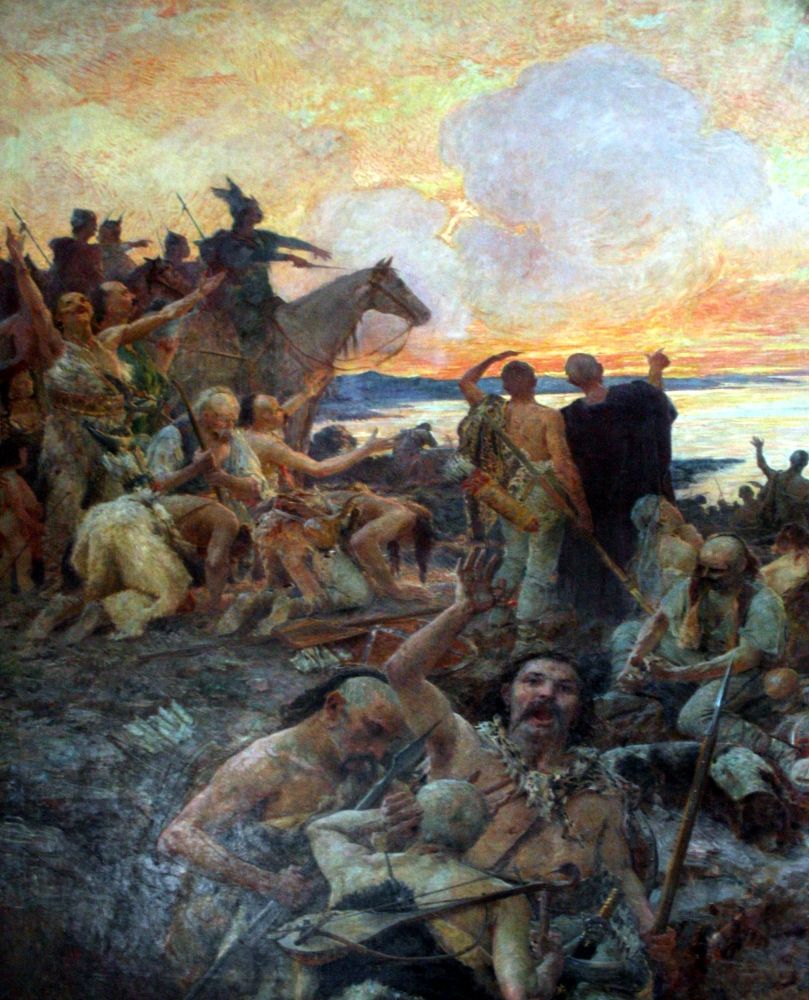
January 21
Croatian baroque poet and translator Ignjat Đurđević died on this date in 1737. Đurđević was born in then Ragusa, today’s Dubrovnik. He was a tri-lingual poet (Latin, Italian and Croatian) with deep feelings, unrestrained by Catholic morals. After more than twenty years of preparations, Đurđević printed Uzdasi Mandaljene pokornice (“Sighs of Repentant Magdalene”) in Venice in 1728. Magdalene is his most beautiful work. In 1729, his Saltijer slovinski (Slavic Psalms) were printed in Venice. They contain translations or paraphrases of the psalms of King David. Their fine language and style distinguish them from many similar translations made by the poets of Dubrovnik.
